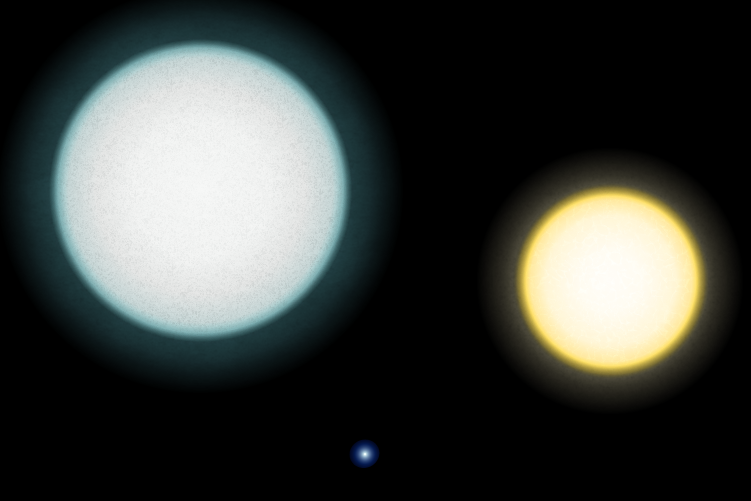Black holes are "born" when very massive stars die.
For most main sequence stars, this is not what's going to happen. The star will expand into giants before they start to collapse. Usually, the heat from the core and the repulsion between atoms and subatomic particles stops the collapse from progressing past dwarfs. These dwarfs are essentially the faintly glowing embers, the remnants of the core of the original star. This is the fate awaiting our own sun. A size comparison of A-Class IK Pegasi A (left), its companion white dwarf IK Pegasi B (center), and the Sun.
For a star that is a bit larger than our sun follows a similar process. The star explodes with enough force to expel its outer layers, creating spectacular supernova remnants as well as the elements heavier than iron. They become strange objects, including black holes. Black holes form when the collapse is not stopped by internal pressure. The remnant core simply continues to crush itself further and further.
I leave you with this beautiful supernova remnant N49 in the Large Magellanic Cloud.
Images from Wikipedia.


No comments:
Post a Comment